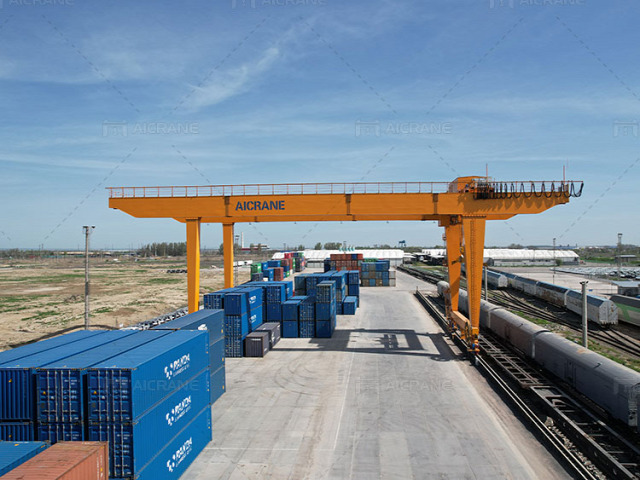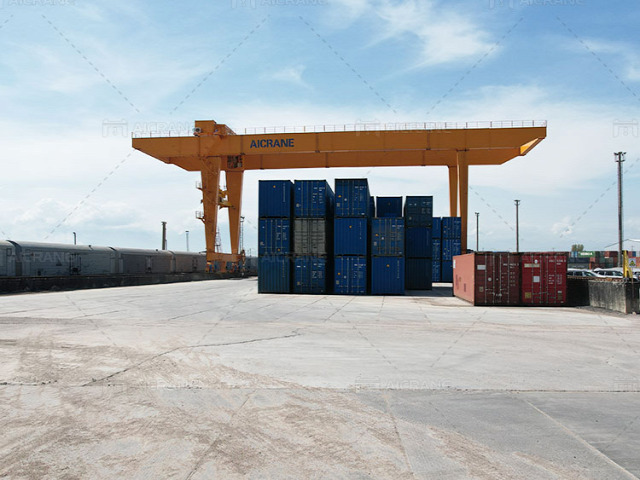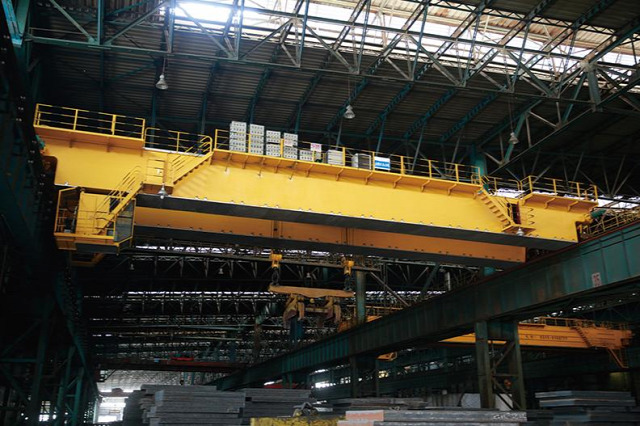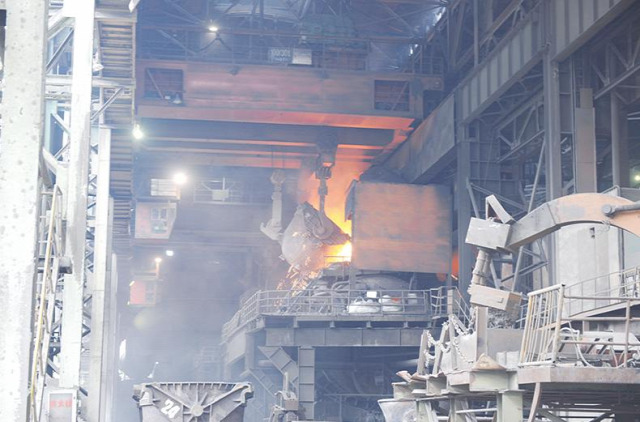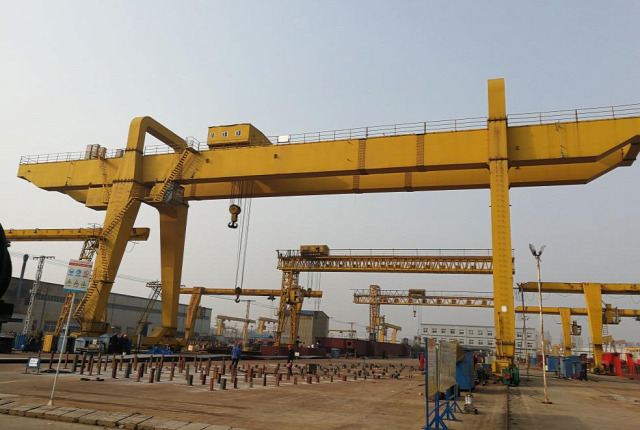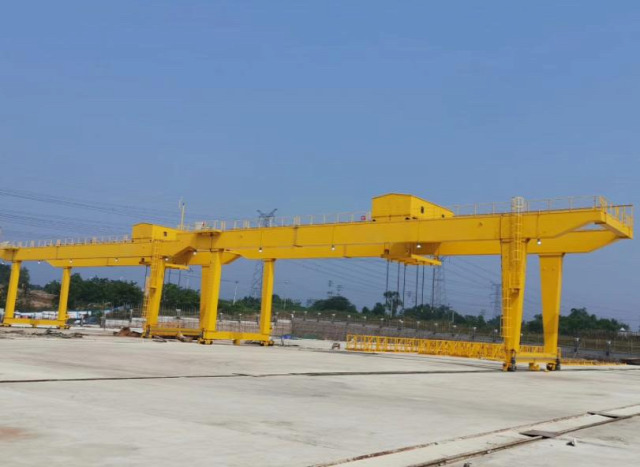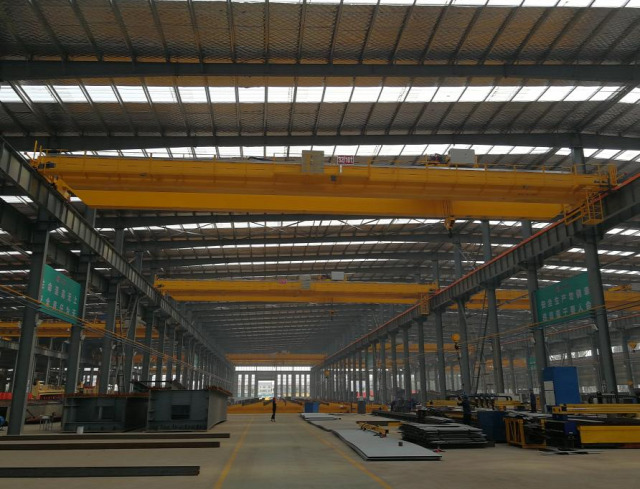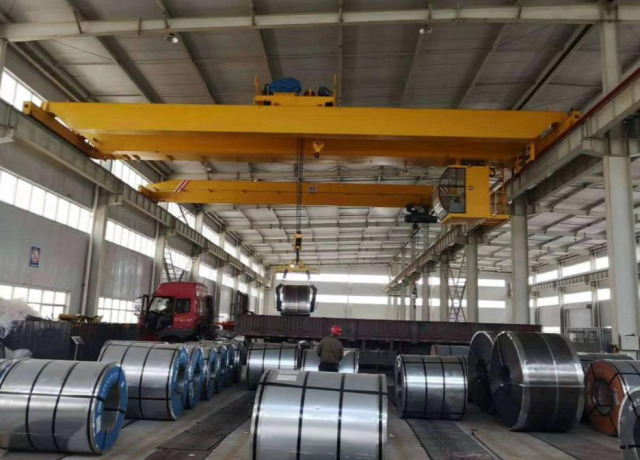Double girder overhead cranes are indispensable in various industries, offering robust and versatile lifting solutions for heavy loads. From manufacturing plants to steel mills, power plants, and warehouses, these cranes play a pivotal role in material handling operations. With a wide array of specifications available, the global market for double girder overhead cranes has seen significant growth and diversification. This article explores the most popular specifications that cater to global demand, highlighting their significance and the industries that rely on them.
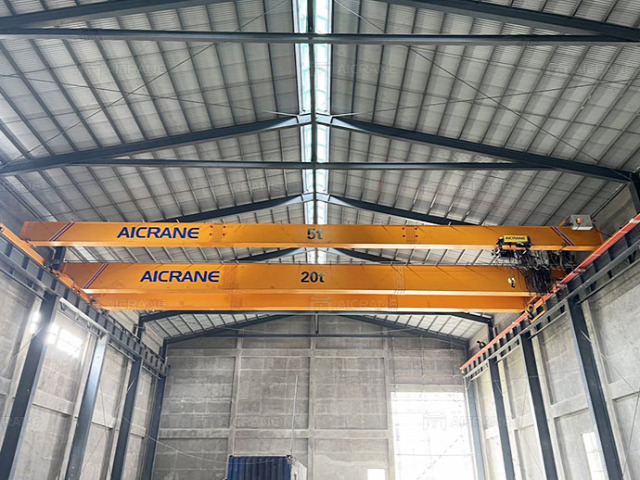
Lifting Capacity: Meeting Heavy-Duty Requirements
One of the most critical double girder overhead crane specifications is their lifting capacity. Globally, capacities typically range from 10 tons to 500 tons, with some specialized models exceeding this range. Popular capacities include:
-
10-50 tons: Widely used in manufacturing and assembly lines.
-
50-150 tons: Common in steel mills, construction sites, and heavy equipment manufacturing.
-
Above 150 tons: Designed for ultra-heavy industries such as shipbuilding and power plant construction.
The ability to handle heavy loads with precision makes double girder cranes a preferred choice for industries where safety and efficiency are paramount.
Span Length: Adapting to Infrastructure
Span length is another essential specification. It determines the horizontal distance between the crane’s rails and is crucial for compatibility with existing infrastructure. Popular spans range from 10 meters to 35 meters, with custom spans available for unique requirements. For example:
-
10-20 meters: Suitable for small to medium-sized workshops.
-
20-35 meters: Ideal for large-scale warehouses and production facilities.
-
Custom spans: Designed for industries with unconventional layouts, such as aerospace manufacturing or shipyards.
Lifting Height: Ensuring Vertical Reach
The lifting height, or the maximum vertical distance the hook can travel, varies depending on industry needs. Popular lifting heights include:
-
6-12 meters: Common for standard workshops and assembly lines.
-
12-24 meters: Preferred in industries requiring higher vertical clearance, such as steel coil handling.
-
Above 24 meters: Typically found in power plants, shipyards, and high-rise construction projects.
Customizable lifting heights ensure that double girder overhead cranes can meet diverse operational challenges.
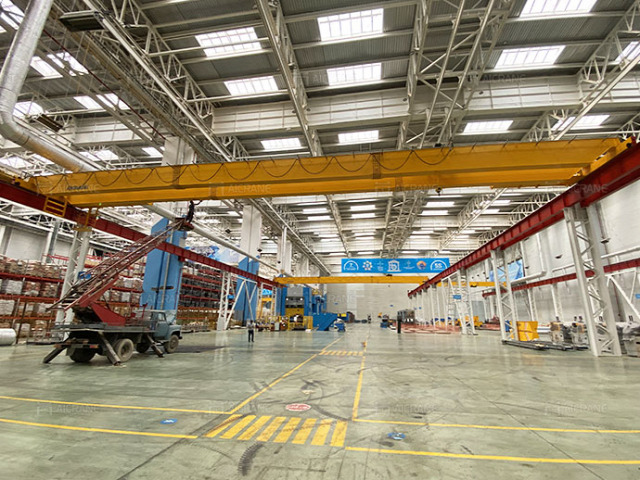
Work Duty Classification: Durability and Performance
Work duty, or crane classification, reflects the crane’s durability and suitability for specific tasks. Common classifications include:
-
A5 (Medium Duty): Medium duty overhead cranes are suitable for light to medium operations, such as warehouse material handling.
-
A6 (Heavy Duty): Heavy duty overhead cranes are designed for industries like steel manufacturing and mining.
-
A7 and A8 (Extra Heavy Duty): Extra heavy duty cranes are essential for continuous operation in demanding environments, such as power plants and shipyards.
These classifications guide buyers in selecting cranes that align with their operational workload and frequency.
Control Systems: Precision and Convenience
Modern double girder overhead cranes feature advanced control systems for precise and safe operation. Popular control options include:
-
Ground Control: Operators use a pendant or remote control for on-ground maneuvering.
-
Cabin Control: Suitable for heavy-duty operations requiring a clear view of the load.
-
Automated Systems: Integration with smart technologies for remote monitoring and operation.
The growing trend towards automation has led to increased adoption of systems with features like anti-sway technology, load monitoring, and collision avoidance.
Popular Designs: Standard vs. European
The global market recognizes two main design standards for double girder overhead cranes:
-
Standard Design: These cranes are robust, cost-effective, and widely used in general manufacturing and warehouse applications.
-
European Design: Featuring compact structures, lightweight components, and energy-efficient motors, these cranes are gaining popularity for their advanced performance and reduced maintenance needs.
European-designed cranes are particularly favored in industries prioritizing energy efficiency and operational precision.
Materials and Durability: Built for Longevity
The materials used in constructing double girder overhead cranes significantly impact their durability and performance. High-grade steel and corrosion-resistant coatings are popular choices for extending crane lifespan and ensuring reliable operation in harsh environments. Specialized materials are used for cranes operating in high-temperature or corrosive conditions, such as foundries or chemical plants.
Applications Driving Market Demand
The specifications of double girder overhead cranes align with the diverse needs of global industries, including:
-
Steel Mills: High lifting capacities and durability for handling heavy steel coils and slabs.
-
Power Plants: Extra heavy-duty cranes with high lifting heights for transporting turbines and generators.
-
Warehouses: Medium-duty cranes with compact designs for efficient space utilization.
-
Shipyards: Large spans and lifting capacities for ship assembly and maintenance.
-
Construction: Versatile cranes for handling precast concrete and heavy equipment.
Regional Trends and Market Insights
Global demand for double girder overhead cranes varies by region, driven by industrial growth and infrastructure development:
-
Asia-Pacific: Dominates the market due to rapid industrialization, particularly in China, India, and Southeast Asia. Popular specifications include high lifting capacities and automated control systems.
-
Europe: High demand for European-designed cranes, emphasizing energy efficiency and precision.
-
North America: Focuses on heavy-duty cranes for construction and mining industries.
-
Middle East and Africa: Increasing adoption of robust cranes for oil and gas, mining, and construction projects.
Innovations Shaping the Market
The global market for double girder overhead cranes is witnessing innovations that enhance performance and user experience:
-
Anti-Sway Technology: Improves load stability and safety.
-
Smart Features: Integration of IoT and AI for predictive maintenance and remote monitoring.
-
Energy-Efficient Motors: Reduces operational costs and environmental impact.
Conclusion
Double girder overhead cranes are a cornerstone of industrial operations, with specifications tailored to meet diverse global demands. From lifting capacities and span lengths to control systems and work duty classifications, these cranes are designed to provide reliable and efficient solutions for a variety of applications. As industries continue to grow and evolve, the global market for double girder overhead cranes will remain a critical enabler of productivity and progress. Businesses must stay informed about market trends and innovations to select cranes that best suit their operational needs.


